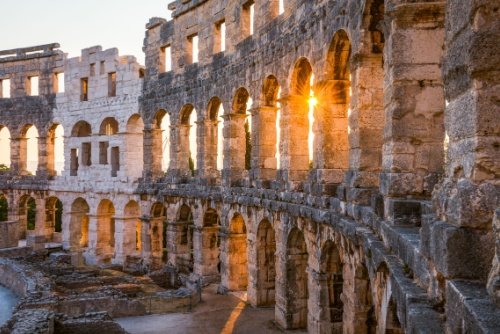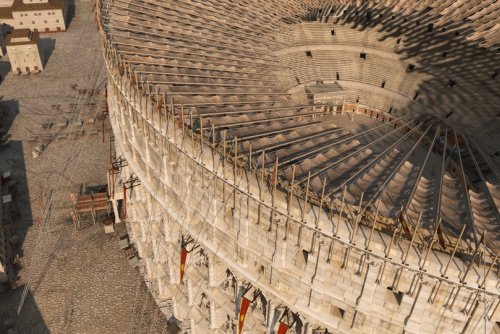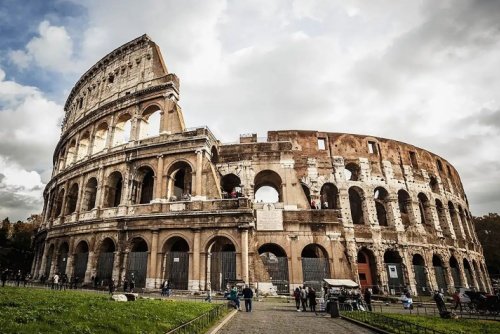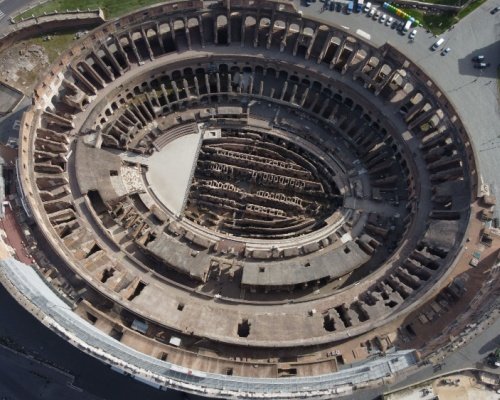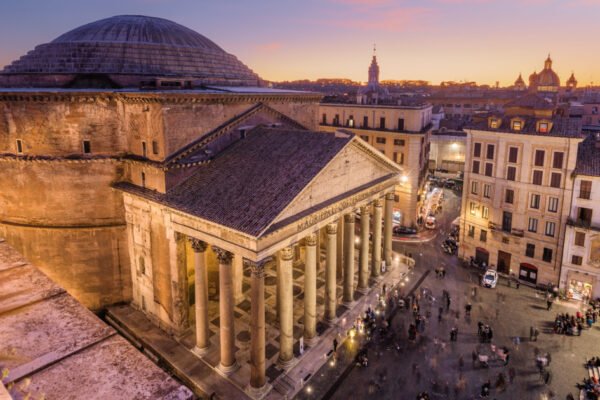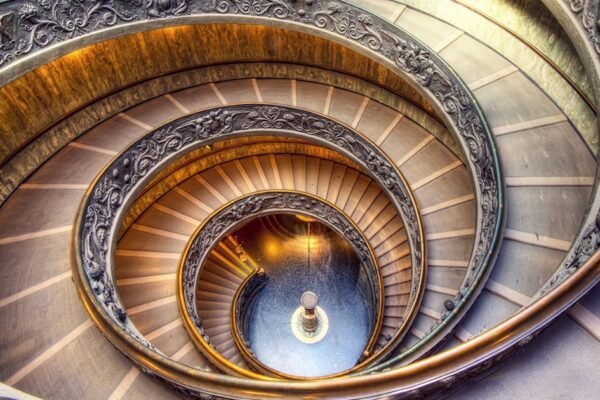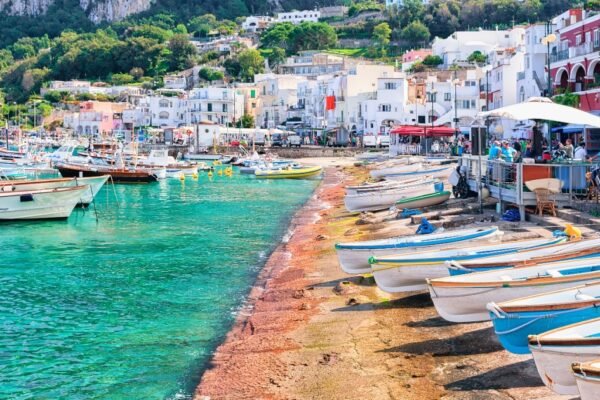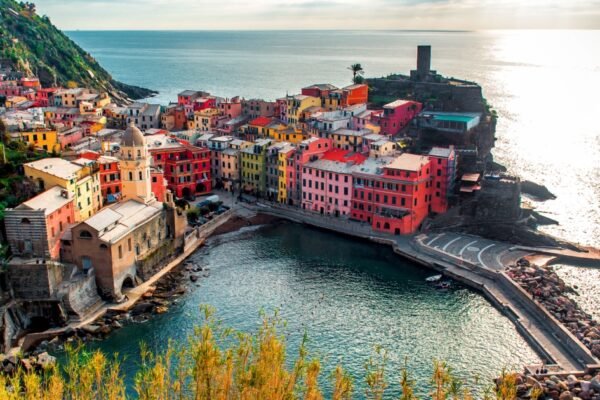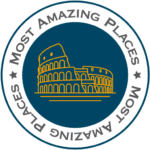History of the Colosseum: Timeline & Summary
History of the Colosseum: Timeline & Summary
Step into the heart of Ancient Rome and experience the awe-inspiring Colosseum, an architectural masterpiece that once hosted gladiatorial contests and public spectacles. This iconic landmark, standing as a testament to the grandeur of the Roman Empire, is a must-visit destination for anyone seeking to immerse themselves in the enduring legacy of the past.
Delve into the rich history of the Colosseum with our timeline and comprehensive overview, unraveling its construction, purpose, and evolution throughout the centuries. Discover the engineering feats that brought this colossal structure to life, the captivating events that unfolded within its walls, and its architecture.
History of the Colosseum: Chronological Timeline
70 A.D.
Emperor Vespasian begins construction of the Colosseum on the site of a former lake in Rome.
80 A.D.
The Colosseum is inaugurated under Emperor Titus with gladiatorial contests and animal hunts lasting 100 days.
81-96 A.D.
Emperor Domitian completes the Colosseum by adding the top level and making further refinements to the structure.
96-192 A.D.
The Colosseum continues to host gladiatorial contests, animal hunts, and public spectacles during the Flavian, Antonine, and Severan dynasties.
192 A.D.
Emperor Commodus, the last Roman emperor to participate in gladiatorial contests, is assassinated in the Colosseum.
313 A.D.
Emperor Constantine I bans gladiatorial contests, marking a decline in the Colosseum’s primary use.
508 A.D.
The Ostrogoths, led by King Theodoric the Great, damage the Colosseum during their siege of Rome.
523 A.D.
The Colosseum is partially restored by Emperor Justinian I.
8th – 13th Centuries
The Colosseum is used as a quarry for building materials, leading to significant damage.
14th – 16th Centuries
The Colosseum serves as a fortified dwelling for wealthy families and as a papal mint for producing coins.
16th – 18th Centuries
The Colosseum becomes a popular tourist destination, with artists and architects sketching and studying its structure.
18th – 19th Centuries
Pope Benedict XIV orders the Colosseum’s partial restoration, clearing debris and removing vegetation.
20th – 21st Centuries
Ongoing restoration efforts aim to preserve the Colosseum’s structure and prevent further deterioration.
1980
The Colosseum is designated a UNESCO World Heritage Site.
Today
The Colosseum stands as an iconic symbol of Rome and ancient Rome, attracting millions of visitors each year. It serves as a reminder of the grandeur and engineering prowess of the Roman Empire.
History of the Colosseum: In-Depth Summary
Explore the fascinating history of the Colosseum through our carefully crafted overview. Delve into each meticulously presented segment, traveling through time to unveil the origins, evolutions, and profound cultural significance of this iconic landmark.



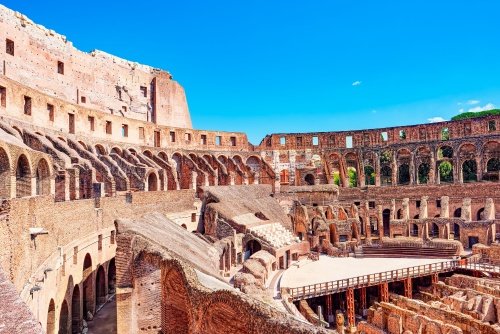
Architecture of the Colosseum
The Colosseum, an architectural marvel of the ancient Roman world, stands as a testament to the engineering brilliance and artistic flair of the era. Its elliptical shape, a hallmark of Roman amphitheaters, was achieved through a series of concentric rings, each supported by vaulted arches. This innovative design allowed for a vast seating capacity, accommodating around 50,000 spectators.
Beyond its structural ingenuity, the Colosseum was adorned with intricate artistic details. The exterior walls were embellished with travertine marble, while the interior featured statues and decorative friezes depicting scenes from Roman mythology and gladiatorial contests. The retractable awning, known as the velarium, provided shade for the spectators.
